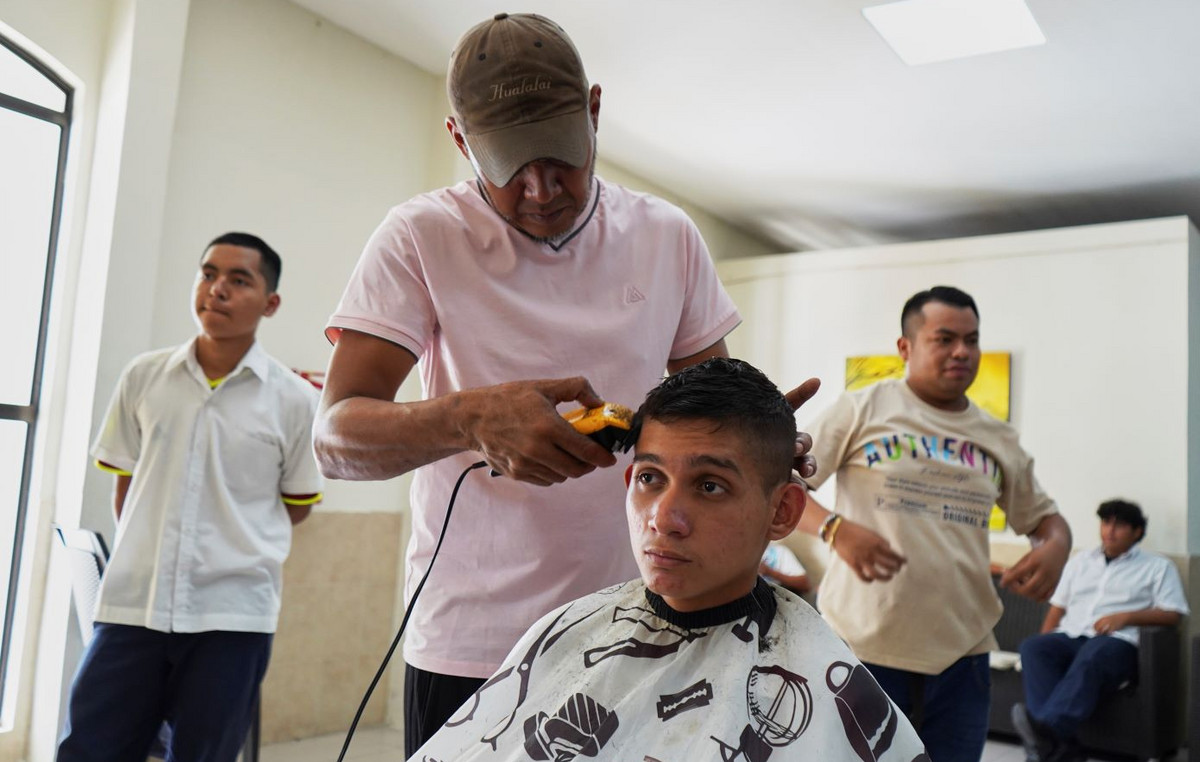A survey carried out by the Brazilian Institute of Geography and Statistics (IBGE) and released this Thursday (25) shows that hunger was present in 3.2 million Brazilian homes last year. The data is part of the Continuous National Household Sample Survey: Food Security 2023.
This number of households experienced food deprivation, at times, during the period analyzed in the study, between the months of October and December.
In these cases, the shortage affected not only adults, but children and adolescents living in homes affected by hunger. This situation is defined as severe food insecurity.
In 2023, 72.4% of the more than 78 million Brazilian households mapped by IBGE were in a food security situation and 27.6% had some degree of insecurity. Severe food insecurity was noted in 4.1% of all households. A lower percentage than that observed five years earlier, but still higher than that obtained in the 2013 study.
2023
- 72.4% of households had food security
- 27.6% of households had some degree of food insecurity
- 4.1% of households had severe food insecurity
2018
- 63.3% of households had food security
- 36.7% of households had some degree of food insecurity
- 4.6% of households had severe food insecurity
2013
- 77.4% of households had food security
- 22.6% of households had some degree of food insecurity
- 3.2% of households had severe food insecurity
This is the fifth time that research on food insecurity has been carried out using the same methodology by IBGE, but for the first time it was included in the PNAD.
“The topic has already been investigated by the Institute previously, in the 2004, 2009 and 2013 editions of the former PNAD and in the 2017-2018 Family Budget Survey (POF), always using the EBIA scale. Therefore, although they are not directly comparable, as they are different studies, IBGE has maintained a five-year standard for this investigation, allowing us to trace the trajectory of combating hunger in the country”, explained the institute in a statement.
North and Northeast are the most affected regions
In the last quarter of 2023, approximately a quarter of households in the North and Northeast regions of Brazil were in a situation of mild food insecurity. In these cases, residents live with concern or uncertainty regarding access to food and end up adopting strategies that end up compromising the quality of their diet and the family's so-called food sustainability.
The proportions of severe food insecurity observed in these areas were above that recorded in the rest of the country in the same period.
Proportion of households with severe food insecurity in 2023 by region:
- North: 7.7% of households had severe food insecurity
- North East: 6.2% of households had severe food insecurity
- Midwest: 3.6% of households had severe food insecurity
- Southeast: 2.9% of households had severe food insecurity
- South: 2% of households had severe food insecurity
Characteristics of households with severe food insecurity in 2023:
The IBGE survey shows that characteristics of the person responsible for the household can contribute to food security data. In the period analyzed, 51.7% of households were headed by women and 48.3% by men.
On the other hand, situations of food insecurity, regardless of the degree, were observed in 59.4% of households headed by women, a value 18.8 percentage points higher compared to households headed by men, with a proportion of 40.6%.
The selection by color or race also brings variations. In Brazil, in 2023, 42% of those responsible for households were white, 12% black and 44.7% mixed race.
However, of the food insecure households, 29% were led by black people, 15.2% white people and 54.4% brown people.
In cases of severe food insecurity, the proportion of households with a responsible person of mixed race or color reaches 58.1%, more than double what was observed in households led by white people, 23.4%.
Source: CNN Brasil
I’m James Harper, a highly experienced and accomplished news writer for World Stock Market. I have been writing in the Politics section of the website for over five years, providing readers with up-to-date and insightful information about current events in politics. My work is widely read and respected by many industry professionals as well as laymen.







